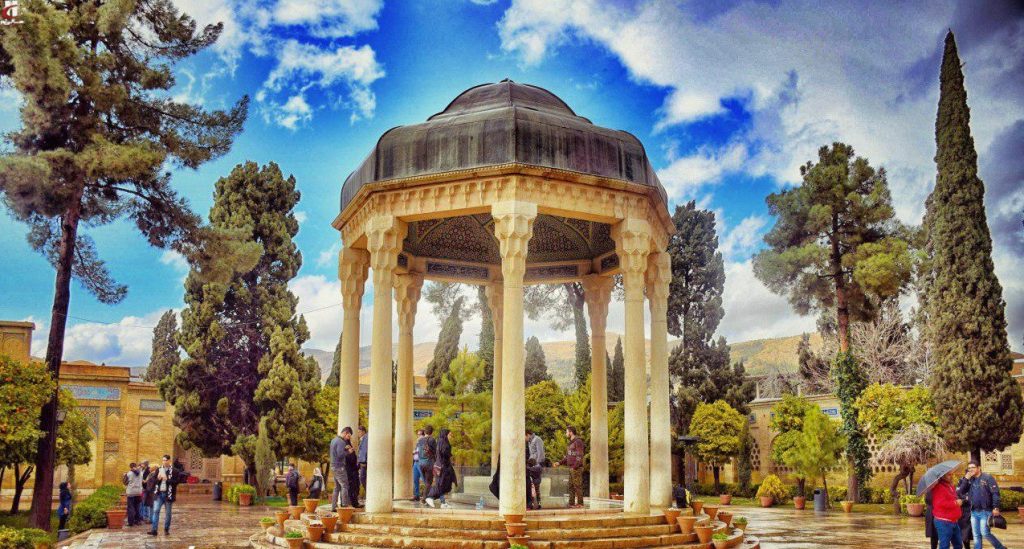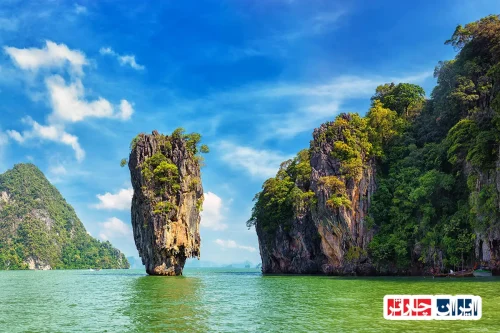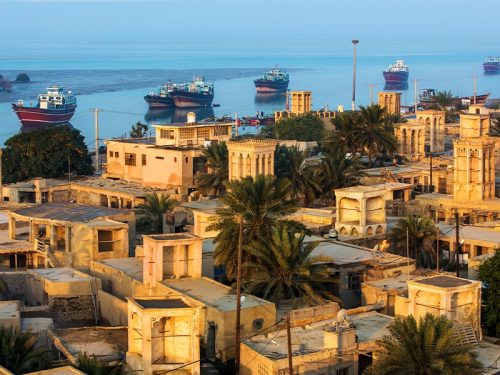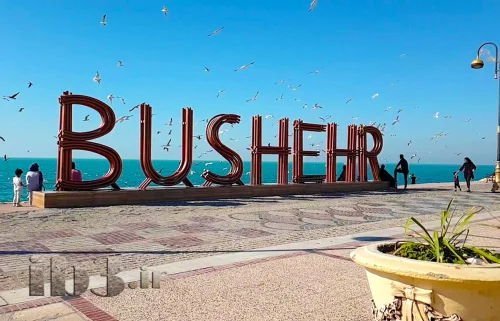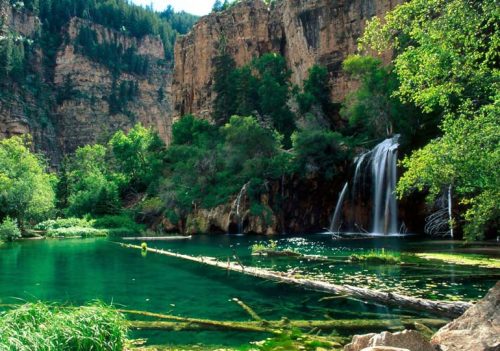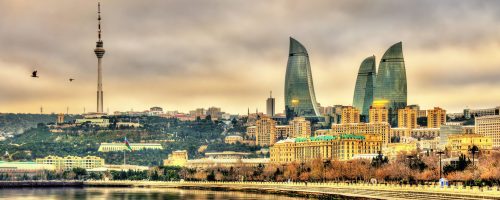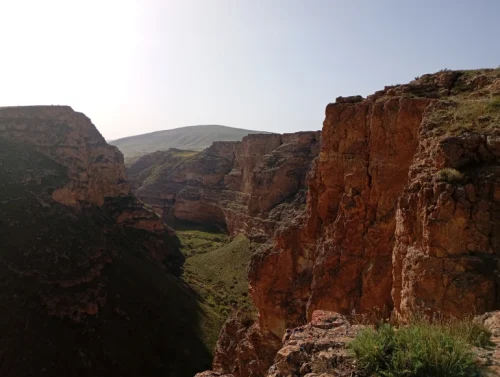Revitalization of Shiraz’s Historical Fabric: A Promising Future for Provincial Tourism
Revitalization of Shiraz’s historical fabric is considered one of the critical and strategic projects for tourism development in the Fars Province. This project aims to preserve and enhance the cultural and historical heritage of the city, playing a significant role in attracting both domestic and international tourists. Extensive efforts have been made towards renovating and maintaining historical buildings to witness a true revival of the city’s old fabric. Given the importance of this historical area, close cooperation with various cultural and tourism entities has been a key factor in the project’s success.
The revitalization of Shiraz’s historical fabric can contribute to enhancing the tourism prestige of Fars Province. This project can create new job opportunities, increase income, and boost the regional economy. Additionally, by reviving this area, better introduction of Iran’s rich culture and history can be given to domestic and international tourists. Iran Charter, being one of the largest providers of tourism services in Iran, is seriously supporting this project. This company aims to offer high-quality services at reasonable prices to travelers, ensuring an unparalleled travel experience for both domestic and international trips. You can contact Iran Charter via the phone number 02191091190 or email info@irancharter.ir.
The Importance of Shiraz’s Historical Texture in Provincial Tourism Development
Revitalizing the historical texture of Shiraz is a cornerstone for the development of tourism in Fars Province. This texture not only symbolizes the rich cultural heritage of Shiraz but also plays an essential role as a cultural and historical attraction in drawing both domestic and international tourists. Preserving and restoring this historical texture enhances local identity and tourism experience, ultimately leading to increased economic revenues for the province.
Actions Taken in Shiraz Historical Texture Revitalization Project
The Shiraz Historical Texture Revitalization Project includes restoration of historical buildings, improvement of tourism infrastructure, and creating appropriate spaces for showcasing cultural exhibits. Iran Charter, in collaboration with public and private sectors, strives to utilize modern technologies and sustainable methods to make visiting these areas easier and more appealing for tourists. These efforts not only help preserve historical heritage, but also create new job opportunities for the local community.
Impact of Shiraz Historical Texture Revitalization on Foreign Tourist Attraction
The revitalization of the historical texture of Shiraz significantly boosts international tourist attraction. The restoration of historical buildings and enhancement of tourism amenities position Shiraz as a top tourist destination in Iran. Foreign tourists interested in history and culture gain a unique and memorable experience by visiting these historical areas, which can lead to increased visitor numbers and strengthen the tourism industry in Fars Province.
The Role of Cultural and Tourism Organizations in Revitalizing Shiraz’s Historical Texture
Cultural and tourism organizations play a key role in the success of Shiraz’s Historical Texture Revitalization Project. These organizations provide financial, technical, and advisory support for the restoration and maintenance of historical buildings. Additionally, through hosting cultural events and exhibitions, they raise public awareness and draw more tourists to these historical areas. The close cooperation among various organizations ensures the project is executed most effectively.
Notable Projects in Revitalizing Shiraz’s Historical Texture
Several notable and impressive projects have been undertaken in the revitalization of Shiraz’s historical texture, each contributing to the improvement and restoration of these historical areas. These include the restoration of Karim Khan Citadel, the revival of the Hafizieh precinct, and the restoration of Vakil Bazaar. Given their historical and cultural significance, these projects play an important role in attracting tourists and preserving Shiraz’s cultural heritage.
Future Plans by Iran Charter to Support Shiraz’s Historical Texture
Iran Charter envisages extensive plans to support and develop the revitalization projects of Shiraz’s historical texture. These plans involve increasing investment in historical building restoration, providing facilities for local tourism businesses, and enhancing welfare infrastructure for tourists. Iran Charter also plans to improve the quality of services offered to tourists by advancing education and empowering human resources associated with tourism.
Achievements in Revitalizing Shiraz’s Historical Texture
The Shiraz Historical Texture Revitalization Project has achieved significant success so far. The restoration of historical buildings and improvement of tourism infrastructure have increased the average number of tourists received and improved visitor satisfaction. Furthermore, the creation of new recreational and educational areas around the historical texture has attracted a new generation of tourists and promoted the spread of historical culture in Shiraz.
Impact of Historical Texture Revitalization on Fars Province’s Economy
The revitalization of Shiraz’s historical texture has a profound impact on Fars Province’s economy. The increase in tourism results in higher foreign exchange earnings from international tourists and local revenues from tourism-related businesses. Additionally, the creation of new job opportunities in various tourism sectors, such as hospitality, restaurants, and guiding services, contributes to economic improvement and enhances the standard of living for local residents.
Challenges in Revitalizing Shiraz’s Historical Texture and Proposed Solutions
Despite the successes achieved, the Shiraz Historical Texture Revitalization Project faces various challenges. These include securing adequate financial resources, managing environmental crises, and balancing development with cultural heritage preservation. To address these challenges, precise planning, close cooperation among various institutions, and the use of modern technologies for the management and preservation of the historical texture are required.
FAQ
- What is the revitalization of Shiraz’s historical texture?
- The revitalization of Shiraz’s historical texture is a process aimed at preserving, restoring, and developing the city’s historical structures and spaces to ensure this cultural heritage is maintained for future generations and to attract more tourists.
- What are the main projects in revitalizing Shiraz’s historical texture?
- The main projects include the restoration of the Erfan axis in the Hafizieh area, rejuvenation of the Zandieh complex, development of the Museum Garden of Celebrities and regional museums of Fars, and the enhancement of tourism infrastructure around the Tomb of Hafez.
- How does the revitalization of Shiraz’s historical texture impact tourism in the province?
- This revitalization increases Shiraz’s tourism appeal and attracts both domestic and international tourists. Moreover, creating modern infrastructure and preserving cultural heritage enhances the tourist experience.
- What were the cultural heritage minister’s comments during their visit to the Zandieh project?
- The cultural heritage minister emphasized that the regeneration projects with full cooperation of the Fars governorship and Shiraz municipality promise a bright future for the city and tourists, highlighting the importance of official solidarity and collaboration.
- What is the role of the Fars governorship in Shiraz’s historical texture revitalization?
- The Fars governorship, in collaboration with the Shiraz municipality and the cultural heritage administration, plays a key role in coordinating and implementing projects. This includes budget allocation and facilitating administrative processes.
- What significance does the Erfan axis in the Hafizieh area hold?
- The Erfan axis in the Hafizieh area is regarded as the cultural heart of Shiraz. Its revitalization enhances the cultural ambiance, increases access to historical sites, and creates attractive tourist pathways.
- What does the Zandieh complex include?
- The Zandieh complex includes the Karim Khan Citadel, Kolah-Farangi Mansion, Vakil’s Diwan House, and other historical buildings that are being regenerated for cultural and touristic purposes.
- What are the plans for the revitalization of the Celebrities’ Museum Garden?
- The revitalization plans for the Celebrities’ Museum Garden involve creating spaces for displaying famous works, hosting periodic exhibitions, and providing amenities for visitors.
- How is the interaction between the municipality and the cultural heritage administration carried out?
- Interaction between the municipality and the cultural heritage administration takes place through coordination meetings, joint project planning, and responsibility sharing for effective project execution.
- What is the importance of international registration of historical projects?
- International registration of historical projects is important for introducing Shiraz’s cultural heritage on a global scale, attracting international tourists, and enhancing Shiraz’s status as a cultural tourism destination.
- How will the Telecommunications building near the Diwan House mansion change?
- The Telecommunications building near the Diwan House mansion will be incorporated into the precinct with the agreement of the municipality and telecommunications, aligned with the overall revitalization of the Zandieh axis.
- What are the benefits of converting the National Bank building into a museum?
- Converting the National Bank building into a museum facilitates the hosting of exhibitions and cultural programs, contributing to creating new tourist attractions in the Zandieh axis.
- How will the square precinct in the Zandieh complex be revitalized?
- The square precinct will be revitalized by refurbishing public spaces, creating pedestrian pathways, and installing modern fixtures to provide a suitable space for tourist gatherings.
- How does interaction with residents affect the revitalization of the historical texture?
- Interaction with residents through public meetings, gathering citizen feedback, and involving them in decision-making processes helps improve the quality of historical texture revitalization projects.
- What does the National Zandieh Revitalization Project include?
- The National Zandieh Revitalization Project includes restoring historical buildings, enhancing tourist amenities, creating walkways, and linking the Erfan axis with cultural and educational programs.
- What are the new utilization plans in the Zandieh complex?
- New utilization plans include converting some buildings into specialized museums, cultural centers, public libraries, and exhibition spaces for cultural events.
- How can tourists visit Shiraz’s historical texture revitalization projects?
- Tourists can take advantage of local tour programs, exclusive visits, and tourism support to explore Shiraz’s historical texture revitalization projects. Information related to visits is available through tourism sites and digital marketing.
- What job opportunities have been created in connection with Shiraz’s historical texture revitalization projects?
- Job opportunities in fields such as architecture, engineering, tourism, project management, and hospitality services are among the benefits of Shiraz’s historical texture revitalization projects, contributing to the local economy.
- What facilities do cultural projects in the Hafizieh axis provide?
- Cultural projects in the Hafizieh axis provide facilities such as public libraries, exhibition centers, educational and recreational spaces, and art venues for hosting cultural events.

